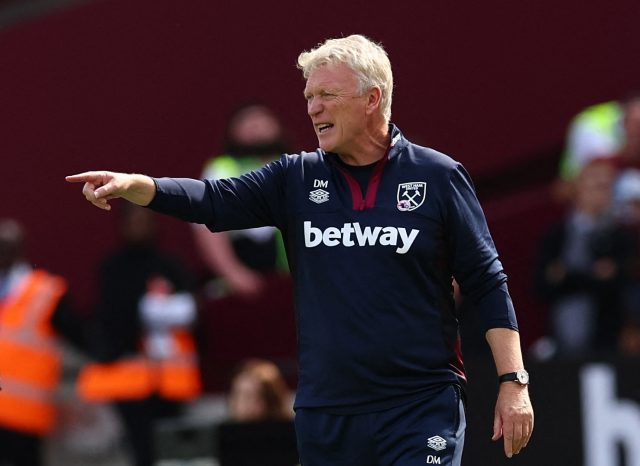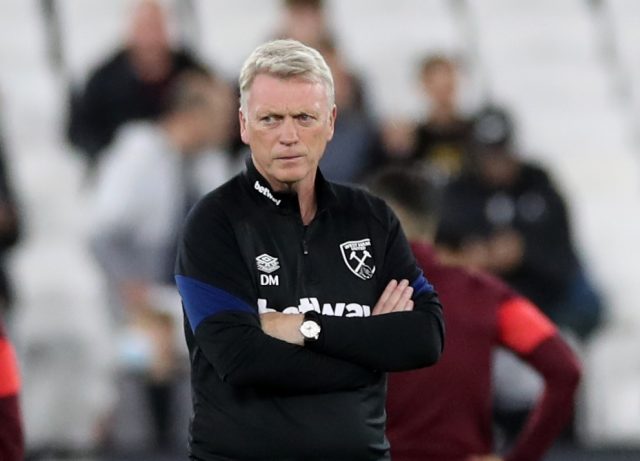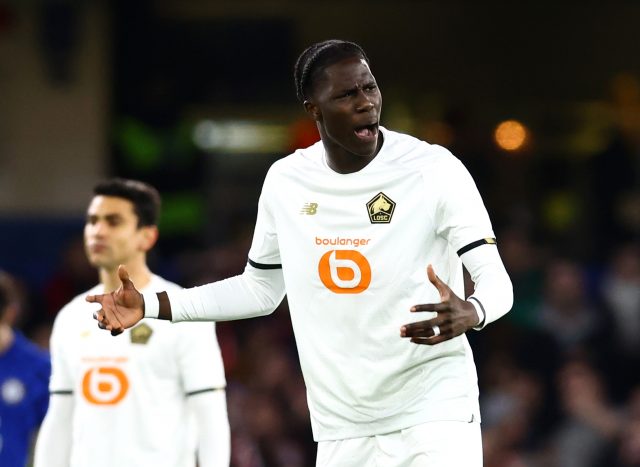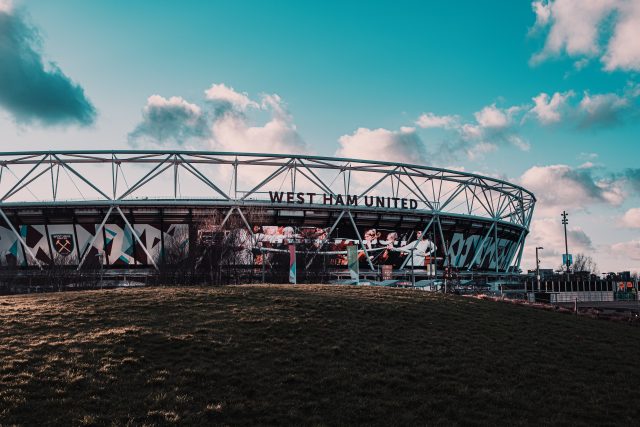West Ham “in talks” with Ruben Amorim over replacing David Moyes this summer
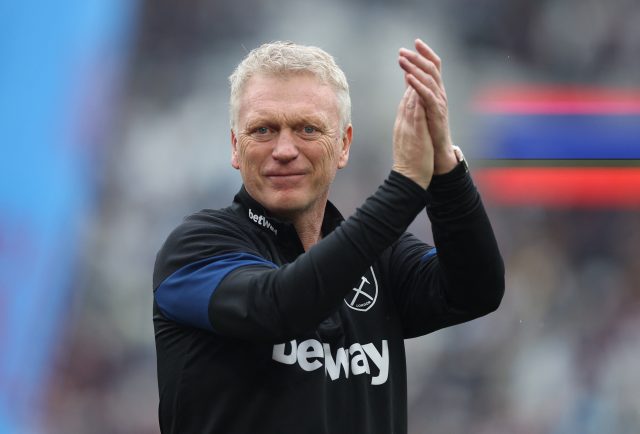
West Ham are “in talks” with Sporting CP boss Ruben Amorim over potentially becoming their next manager this summer, according to reliable journalist David Ornstein.
David Moyes may be coming towards the end of his second stint in charge at the London Stadium, with the Scot yet to make a final decision over his future.
The current West Ham manager is out of contract at the end of the season, at which point he needs to decide whether to sign an extension or move on to pastures new.
It could be arged that the latter is more likely at this moment, following Europa League elimination last week and a 5-2 defeat away to Crystal Palace in the Premier League on Sunday.
Should that happen, West Ham supporters will be desperate to see an exciting appointment made, and according to Ornstein on X on Monday afternoon, Amorim has held talks with the Hammers over becoming their next boss:
“XCL: West Ham in talks over ambitious move for Ruben Amorim if David Moyes goes. Julen Lopetegui also assessed but Amorim current top target. #WHUFC said to appeal but unclear where they sit among 39yo’s options. Liverpool looks unlikely.”
Amorim is arguably one of the best young managers in Europe currently, so this update has to be considered an exciting one from a West Ham perspective.
The 39-year-old is on the verge of guiding his Sporting side to Primeira Liga title glory, in what would be his second league crown in charge of the Portuguese giants. They are now 10 points clear at the top of the table, albeit having played one game more than Benfica.
The fact that Liverpool have reportedly seen him as a strong candidate to replace Jurgen Klopp this summer says a lot about his ability, and it would be a real coup if West Ham could entice him to the London Stadium.
It could still be that Moyes stays, of course, but it does increasingly feel as though a fresh face in the dugout could be the right way forward, allowing a talented squad to thrive under a younger boss with new ideas.

